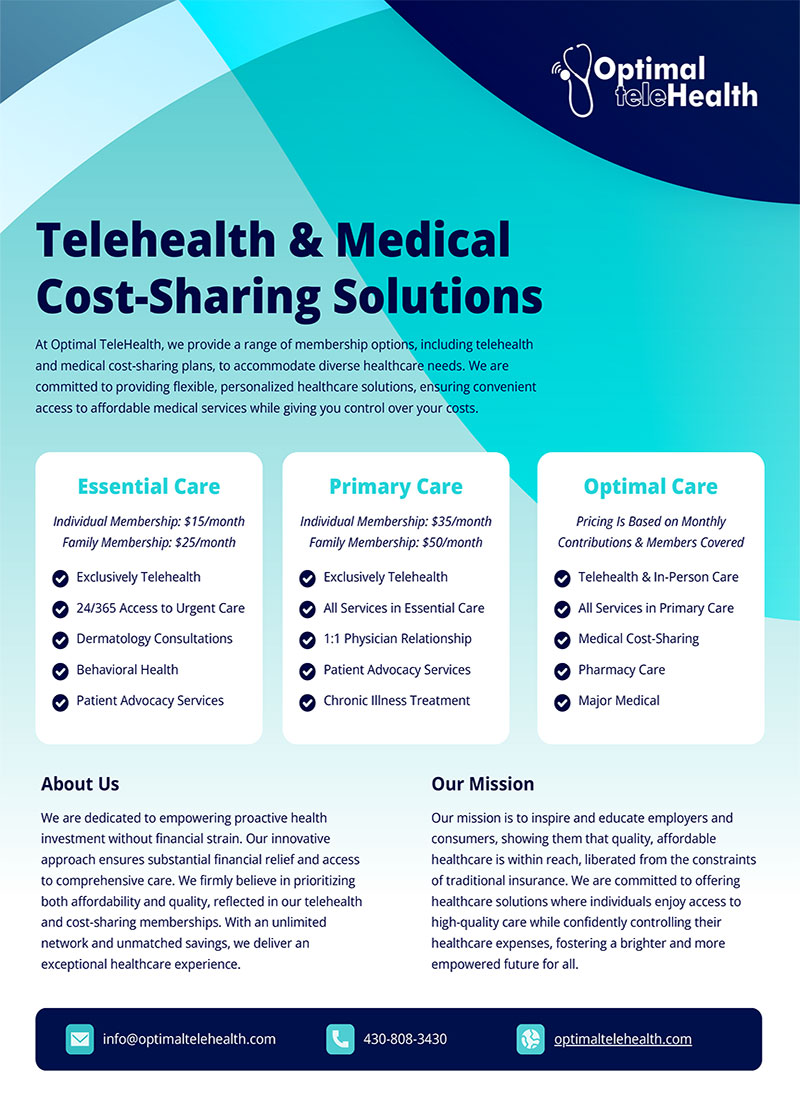Reviving Business Expense Control: Top 10 Investments To Implement for Employees for Business Success
Key Takeaways:
- How To Measure and Standardize Business Success
- Understanding How to Control Business Expenses
- Top 10 Ways To Invest In Your Employees
Losing Focus on the Business
Various factors can impact the rise and fall of a business or even an entire industry. Recently, I spoke with a seasoned professional of the retail auto industry who shared with me his story of such a rise and fall.
During and post-COVID, consumers assumed car dealerships struggled due to the supply chain disruptions leading to a shortage in new car production. However, the reality was quite different. Dealerships were raking in record profits during this period because new cars were selling well over their sticker price, often pre-sold before they arrived on the lot. Used cars were in short supply and selling at a premium while service departments were fully booked because consumers were keeping their cars much longer.
As a marketer specializing in employee healthcare benefits, I encountered a surprising lack of interest from auto dealerships in reducing operating expenses or improving employee benefits. Many of them were entrenched in their business, with their managers lacking incentives to explore alternatives.
Today, however, the auto industry presents a different landscape. Dealerships are overstocked with car inventory that’s not selling. Some manufacturers have well over a year’s supply of slower selling models sitting on dealer lots. Consumers are rejecting electric vehicles, and inflated vehicle prices are taking consumers out of the buyers market.
You Can’t Sell Your Way Out of a Depression
Savvy business owners know when you’re operating in a depressed market, it takes much more than increased sales to manage profitability. Every business has profit leaks, auto dealerships perhaps more than most. Increasing sales is expensive, there is a cost associated with every sale and when sales slow down, costs per sale increase.
Invariably, the best way to increase profitability during a market downturn is to control operating expenses and seal profit leaks. While each dollar spent to boost sales yields only a marginal increase in bottom-line profit, every dollar saved through cost reduction directly contributes to the bottom line.
This Isn’t About the Auto Industry
With a lifetime of experience in the business world, both as a seller and an owner, I’ve observed that the most successful are the ones who remain engaged with their business and never stop striving for improvement.
Retaining top talent is crucial but it doesn’t entail relinquishing control or working excessively long hours. You don’t need to spend 60 hours a week in the business. Rather, there is never a bad time to be receptive to changes that may improve operating efficiency. Managers who fail to regularly propose new ideas may signal complacency, hindering progress. Invest in a team who brings new ideas to improve efficiency and help grow the business.
Top 10 Ways To Invest In Your Employees
Investing in your employees and prioritizing their incentives is undeniably the cornerstone of a thriving business. By fostering a supportive and rewarding work environment, you not only attract top talent but also cultivate a dedicated team committed to the company’s success. Recognizing and valuing employees’ contributions not only boosts morale but also enhances productivity and fosters loyalty. Ultimately, businesses that prioritize their employees’ well-being and growth are better positioned to weather challenges, drive innovation, and achieve sustainable success in the long run.
Investing in employees doesn’t always have to come with a hefty price tag. Here are the top 10 affordable ways businesses can invest in their employees:
- Flexible Healthcare Services: Offer a range of healthcare options including cost-sharing membership plans, telehealth services, and other healthcare services to cater to employees’ diverse needs and preferences.You can learn more about our flexible healthcare services by downloading our free eguide.
- Training and Development: Provide low-cost or free training opportunities such as online courses and workshops to enhance employees’ skills and knowledge.
- Flexible Work Arrangements: Offer flexible scheduling or remote work options to improve work-life balance without significant cost.
- Recognition and Rewards: Recognize employees’ efforts with verbal praise, small tokens of appreciation, or employee of the month programs.
- Employee Wellness Programs: Promote wellness through activities like walking challenges and meditation sessions, and consider cost-sharing for gym memberships or access to mental health resources.
- Cross-Training and Skill Sharing: Encourage employees to share skills and knowledge through peer mentoring programs or informal training sessions.
- Clear Career Paths: Provide opportunities for growth within the company through regular performance reviews and goal-setting discussions.
- Employee Feedback and Engagement: Foster open communication and feedback channels to address employee concerns and involve them in decision-making processes.
- Community Involvement: Engage employees in volunteer activities or charitable events to build teamwork and boost morale.
- Employee Discounts or Perks: Negotiate discounts with local businesses for employee perks such as gym memberships or meal vouchers.
By prioritizing these affordable investments in their employees, small businesses can foster a supportive and engaged workforce, leading to increased productivity, retention, and ultimately, business success.





